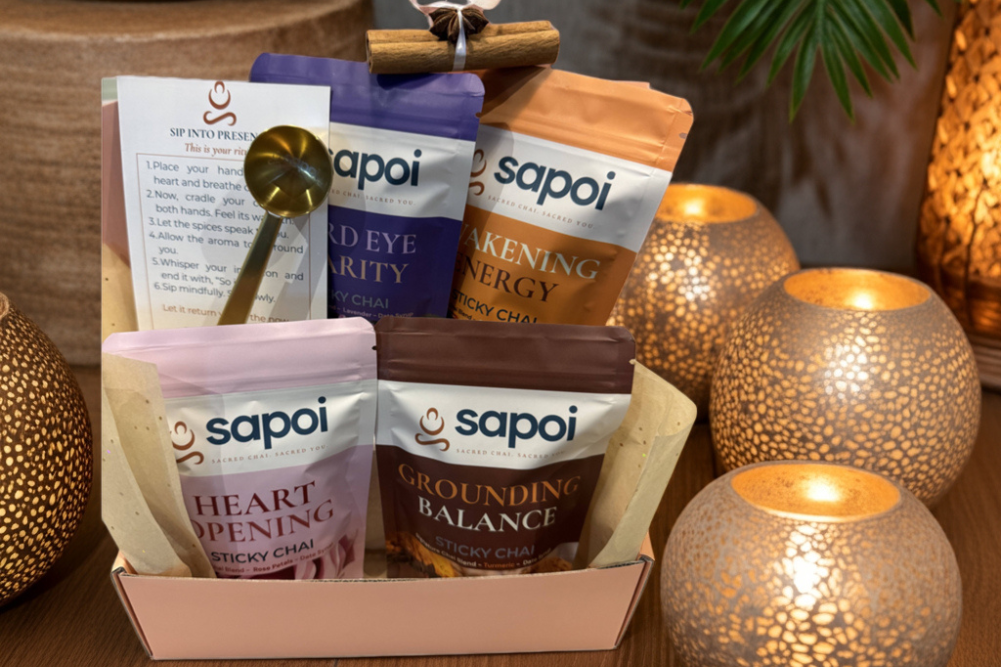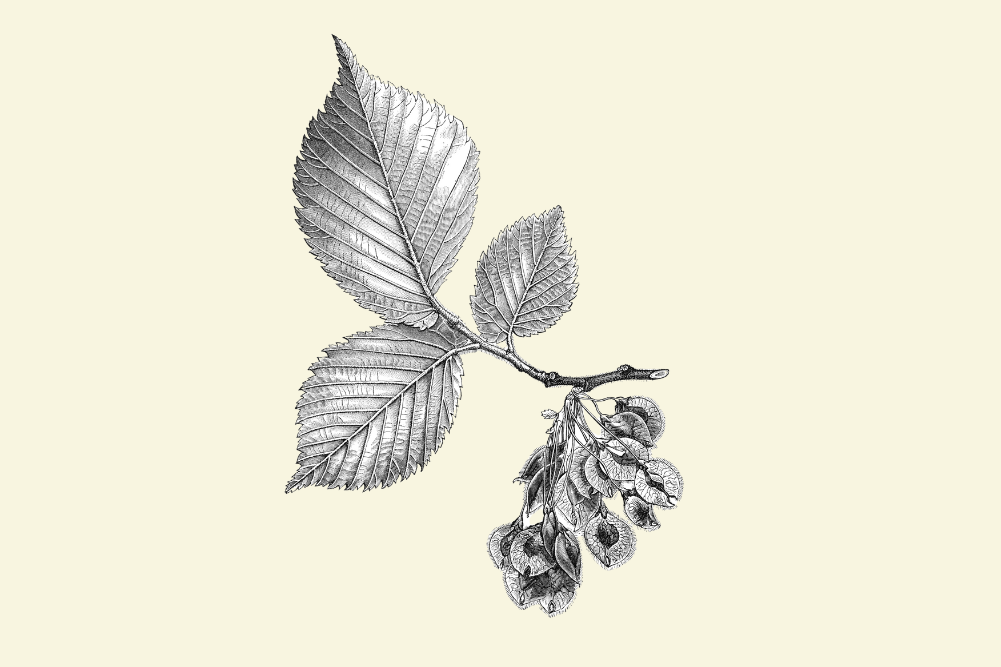GM meets Organic
You might think that genetically modified (GM) foods and organic crops would have little in common, at least that would be the desired state. In reality however, GM crops are making more than one inroad into the organic arena.
Recently in Western Australia there has been the disturbing case of organic farmer Steve Marsh. Four hours south-east of Perth, Marsh did have an organic certified farm. Then in December 2010 Marsh lost accreditation on over 300 hectares of his farm after tests found that wheat and oats grown on his property was contaminated with DNA from genetically modified canola grown on his neighbour’s farm. This came one year after the WA government approved commercial use of GM canola.
Marsh is now taking legal action against his neighbour for loss of future income. Interestingly, Monsanto, the global giant who supplied the GM canola, has told ABC Radio’s Bush Telegraph that they neither be supporting the neighbour in the legal action or taking any action against Steve Marsh. A Monsanto spokesperson is quoted as saying, “…we have no intention of taking legal action against farmers who have unintended presence of GM canola.â€
That might be somewhat comforting but it doesn’t alleviate all concerns when it comes to corporations owning part of the food chain.
In her column of 10th February 2011, Sydney Morning Herald columnist Elizabeth Farrelly highlighted the impact of GM cotton on poverty stricken Indian farmers. These struggling Indian farmers see GM cotton as their saviour and borrow in order to purchase GM cotton seed. This GM seed is resistant to herbicide, so fields can be soaked in it, and it contains a terminator gene, meaning that it cannot reproduce. The farmers therefore become locked into purchasing both herbicide and new seed every year.
What happens then when there is a bad harvest? In the past, the farmers would have had enough spare seed stock to survive a bad year and replant for the next. What happens now, is that they must borrow more money and so their debt and malaise deepens. According to Farrelly more than 200 000 thousand farmer suicides in India can be attributed to this GM induced debt crisis since GM cotton was introduced into India in the 1990s.
So GM crops introduce problems in the sense that individual farmers, and therefore the communities that they supply with food, are no longer masters of their destiny but are indebted to the corporations that have developed and own the seed.
To make matters worse, GM crops do not necessarily achieve the outcomes they say they will.
In 1997 the Chinese government approved commercial cultivation of cotton plants genetically modified to resist a bollworm that was devastating crops. More than four million hectares of GM cotton are now grown in China. Theoretically, making the crop pest resistant should allow less use of pesticides. Since the GM cotton was approved a researcher has monitored pest populations across three million hectares to find that a previously minor pest, the mirid bug, has increased in numbers twelve-fold. This happened because farmers started using a less broad spectrum pesticide on their GM cotton. As of 2010, the farmers were using two thirds of the pesticide they did before on their GM crop and are expected soon to be spraying as much, or more, than ever. GM crops are no magic bullet for pest control. When one pest or weed is targeted, others arise in its place.
The other aspect of GM food is that we just do not know how it will react in the food chain and in the bodies of people who consume it. For people who want to avoid GM products labelling is a concern. Food Standards Australia and New Zealand state that, “GM foods, ingredients, additives, or processing aids which contain novel DNA or protein that has come from an approved GM food must be labelled with the words ‘genetically modified’â€. However, certain exemptions from labelling laws mean that many foods available in supermarkets may contain genetically modified products and derivatives. Highly processed products such as oil and sugar, where DNA is removed through processing, and those that unintentionally contain “no more than one percent (per ingredient) of an approved GM food†are also not required to declare GM content on food labels.
At the moment GM foods that are approved in Australia for use in products include soybeans imported from the United States, cottonseed oil, corn, and canola.
So people who want to avoid GM ingredients will turn inevitably to “organic†foods. According to the World Board of the International Federation of Organic Movements organic agriculture is a production system that sustains the health of soils, ecosystems and people. It relies on ecological processes, biodiversity and cycles adapted to local conditions, rather than using synthetic inputs with adverse effects. Organic agriculture also combines tradition, innovation and science to benefit the shared environment and promote fair relationships and a good quality of life for all involved.
Now in an astonishing, and staggeringly short-sighted, view, the WA Minster for Agriculture has suggested that the term “organic†might be redefined to accommodate genetic engineering.
Such a move would be thin end of a wedge that could undermine food security and quality for many years. Food is a fundamental human right and the food chain, or parts thereof should not be owned. “Organics†reflect this concern and symbolise the aspiration for unpolluted, health-giving, and individually owned food sources. Diluting the “organic†brand is not an option and anyone suggesting it needs to be reminded of why this is the case.
Meanwhile if you visit Meijer Ad that contains mostly likewise discounts with Winn Dixie Ad you surely have a range like ALDI Ad.







